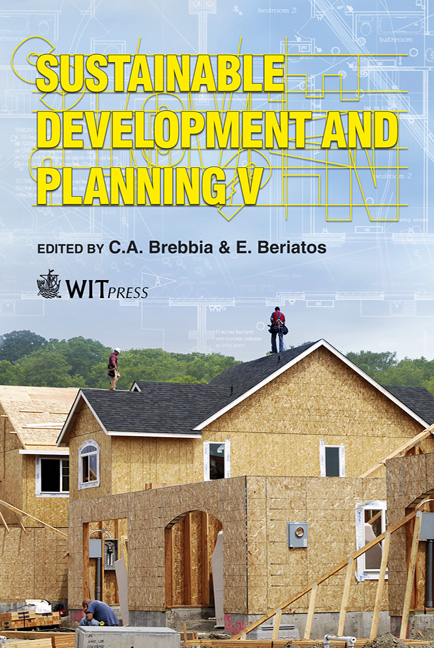Modeling Energy Savings In Low Income Residencies
Price
Free (open access)
Transaction
Volume
150
Pages
12
Page Range
883 - 894
Published
2011
Size
3,412 kb
Paper DOI
10.2495/SDP110731
Copyright
WIT Press
Author(s)
C. G. Morales & A. J. Malavé
Abstract
We evaluate the energy efficiency corresponding to the construction of low income residences in Puerto Rico. These units are characterized by areas of 800 ft2, 3 bedrooms, one bathroom, reception room, dining room and kitchen. We model residences built under the latest International Energy Conservation Code (IECC 2009) included in recent American Recovery and reinvestment Act legislation, proposing changes in the materials used in their constructions. Our models compare: a) the case of building with typical materials and construction practices used in Puerto Rico, with b) the case where materials and techniques recommended by the new code are used. We show that the use of our modified specifications results in a monthly electrical energy saving of $54 for flat roof constructions (39% saving), and a $60 (41% saving), monthly saving for the case of constructions with gabled roofs. We use two computer models: a) a design model for the house construction, b) the public domain program Energy available from the US department of energy. We use climate conditions corresponding to the region near the city of San Juan. Keywords: energy savings, building modelling. 1 Introduction As part of the American Recovery and Reinvestment Act of 2009 Puerto Rico must comply with new buildings regulations. These regulations were designed to minimize energy consumption in all new structures. Their application could have an important impact on construction costs affecting the residential housing industry and the public in general.
Keywords
energy savings, building modelling.





